An ADU can be attached or detached to the main home, and can be a new construction or a conversion. Each of these situations are categorized by the California Title 24 code as either an Addition, Alteration or a New Construction. And how the California Title 24 energy code categorizes your ADU has a massive impact on the Title 24 code requirements that are applicable to your ADU, and hence impact the costs of your project. Therefore, it is very important to understand the category your ADU falls under – Addition, Alteration or New Construction.
Below is an effort to communicate in a simple way how the California Title 24 code categorizes your ADU project.
Case 1: If the ADU is a new construction and attached to the main home.
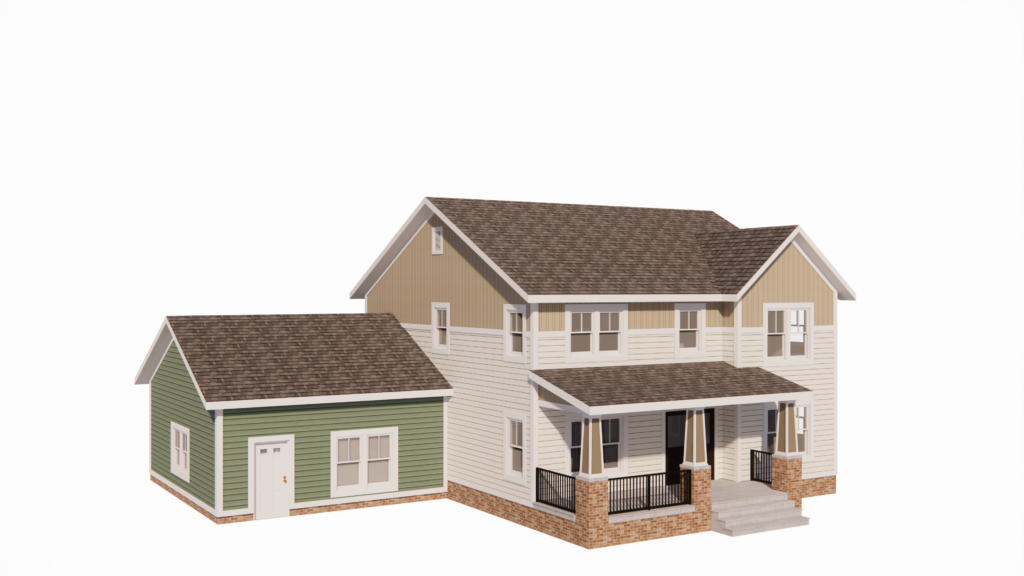
This is an Addition and won’t trigger solar as per California Title 24.
Case 2: If the ADU is a conversion (of a previously inhabitable space such as garage or pool house or art studio) and attached to the main home.
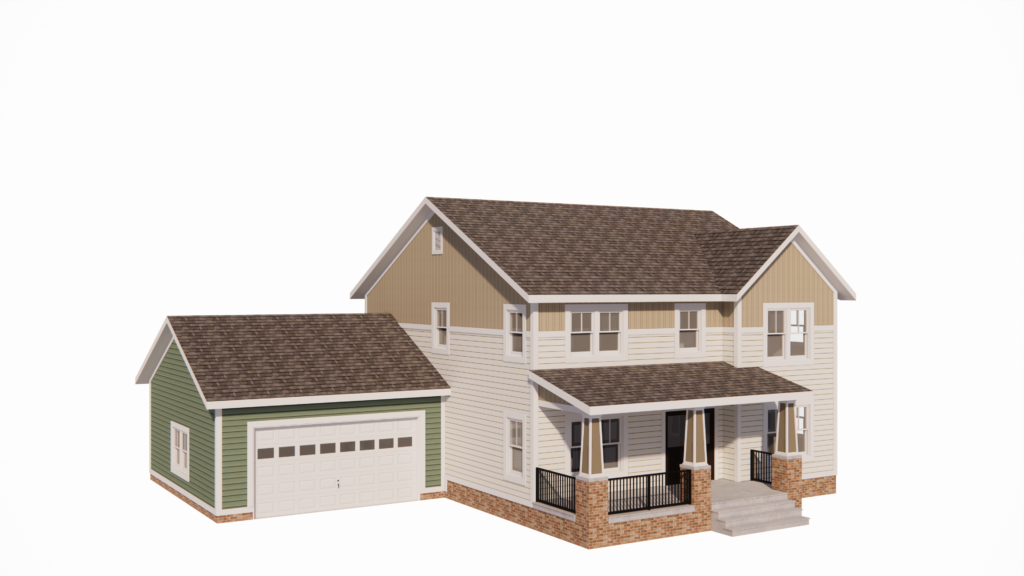
This is an Addition and won’t trigger solar as per California Title 24.
Case 3: If the ADU is a conversion (of a previously inhabitable space such as garage or pool house or art studio) and detached from the main home.

This is an Addition and won’t trigger solar as per California Title 24.
Case 4: If the ADU is a new construction and detached from the main home.
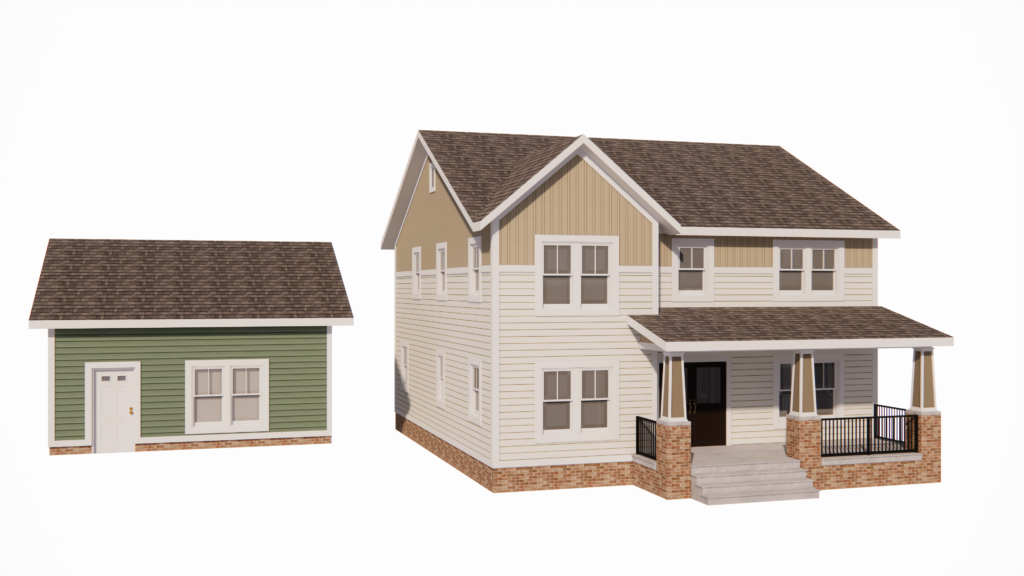
This is a New Construction and will trigger Solar as per California Title 24. But an exception to the solar can be claimed in some cases.
Case 5: If the ADU is a conversion of a previously habitable space into an ADU.
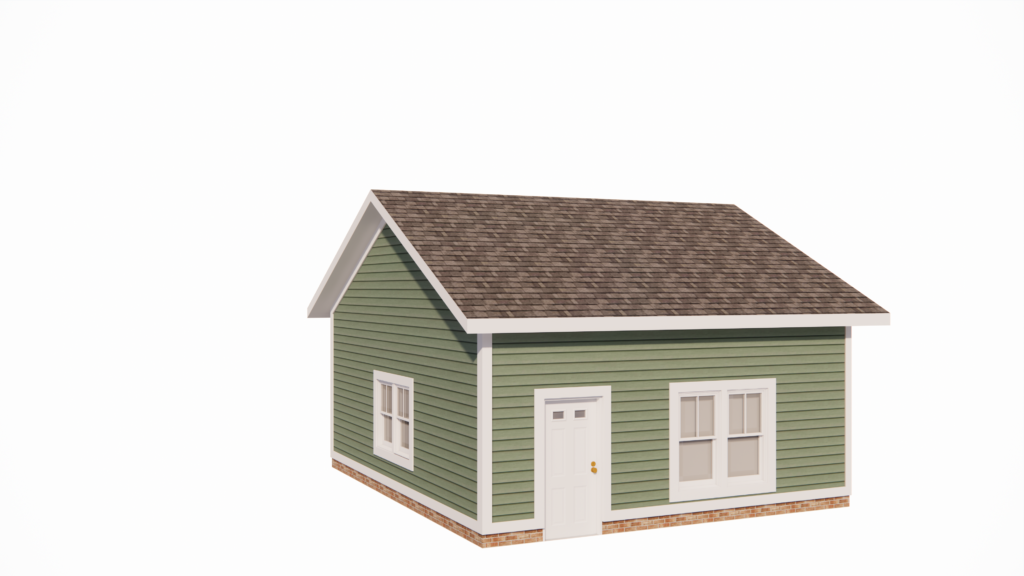
This is an Alteration and won’t trigger solar as per California Title 24. You can likely comply in this situation with minimal changes to the existing condition.
Case 6: If the ADU is built atop an existing permitted garage.
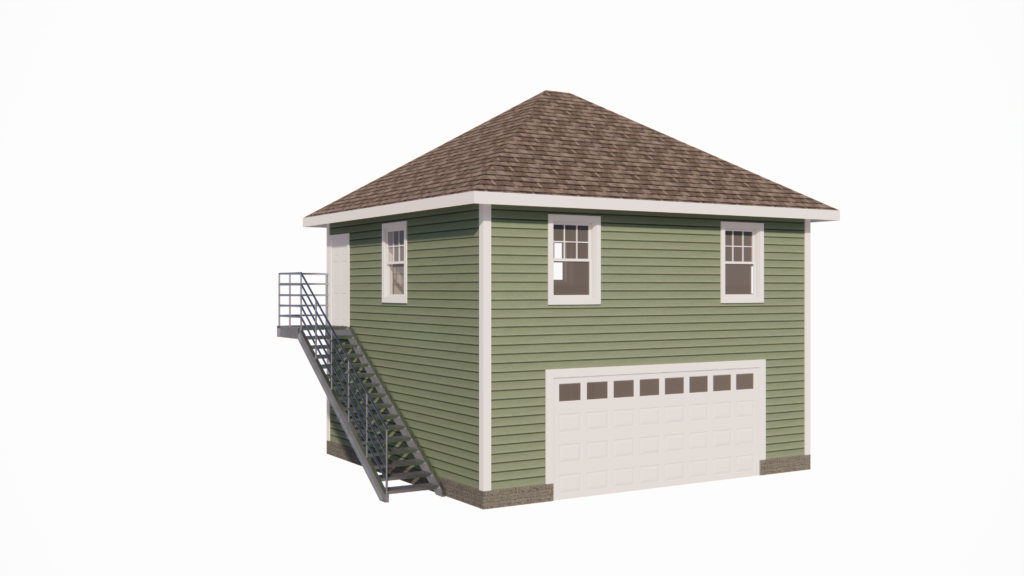
This is an Addition and won’t trigger solar as per California Title 24.
Case 7: If an existing garage (or similar inhabitable space) is entirely demolished and an ADU is built in its place.

This is a New Construction and will trigger Solar as per California Title 24. However, an exception on the solar can be claimed in some cases.
How do all of the above categories of an ADU matter to your Title 24 energy calculations?
The Title 24 energy code has the highest stringency for a New Construction. A little lesser stringency for Additions and the least stringency for Alterations. Meaning that a new construction is required to meet the most stringent envelope, water heater and HVAC requirements. Followed by an Addition and followed by an Alteration.
New Construction (most stringent) > Additions > Alterations (least stringent)
If your ADU is a New Construction, you will trigger solar as per California Title 24. An exception can be claimed in some cases. Here is a blog post that will help you know the solar size required on your ADU and the possible exceptions that you can claim. But besides solar you will also require to meet the stringent requirement on the envelope, HVAC and Water heater that the code requires.
If your ADU is an Addition, then no solar requirements are triggered as per California Title 24. Also, there are a few additional exceptions available to use such as – an exception on existing walls with siding and an exception on wall extensions. Both these exceptions require a minimum of R21 insulation for 2×6 wood stud walls and R15 insulation for 2×4 wood stud walls per the 2022 Title 24 energy code. If these insulation values are met, then the wall U-Factors that the proposed walls are compared to in the performance simulation are reduced which helps ease the compliance (and hence comply with lesser specs). Besides these exceptions, the requirements on the envelope, HVAC and Water heater are also more lenient as compared to a new construction.
If your ADU is an Alteration, then no solar requirements are triggered as per California Title 24 and the prescriptive code requirements only apply to the parts of the space that get altered. Meaning, if a part of the envelope is already existing (such as existing walls or existing roof or existing windows) or if the Water heater or HVAC is already existing, it doesn’t need to be brought up to the current code standards. So compliance is much much less stringent in the case of Alterations.

